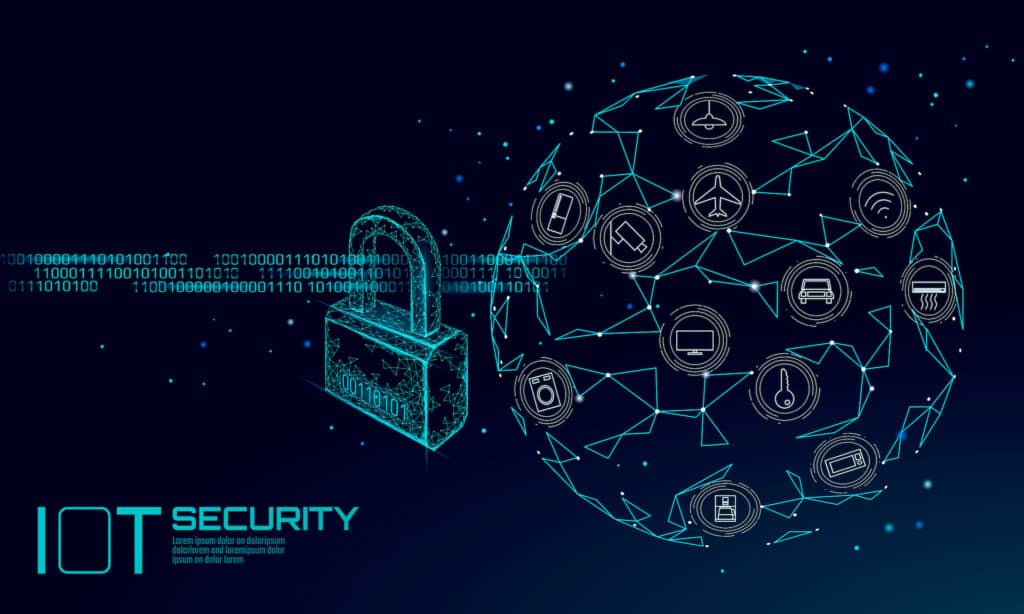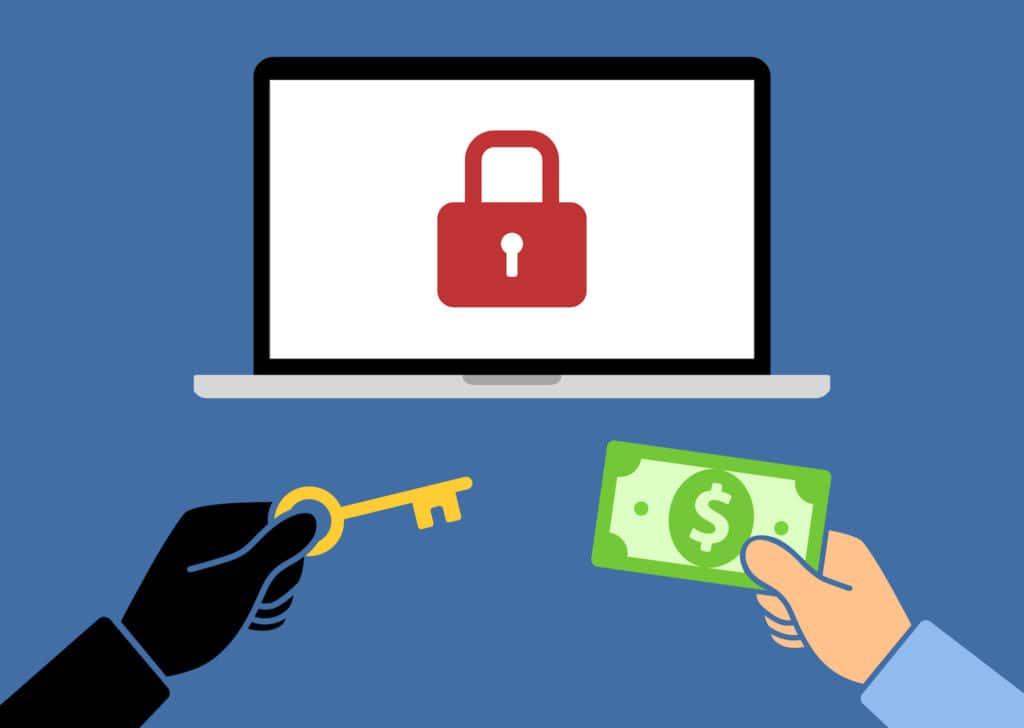The RSocks Botnet Highlights the Security Risks for IoT Devices

There are a lot of ways hackers and cybercriminals can attack personal, business, and government networks and servers. A botnet is one way hackers can lead massive hacking campaigns by infiltrating connected devices worldwide and operated by a single person. These attacks are used to disrupt services, steal crucial information, and gain access to critical […]
What is The Threat Landscape and How to Navigate It

Cybersecurity threats have become a regular part of business, and navigating the threat landscape can be challenging. Cybercrime and breaches are a significant problem on the rise for companies. They are an even more serious problem for businesses without security measures to protect them. As a business, you can’t afford to leave your data unprotected. […]
How Prevent Your Network from Being Sold By Hackers

Believe it or not, your organization’s network can be sold by hackers under the right circumstances. This is the unfortunate reality that we live in. Thus, the commoditization of data and network access has become a real problem. According to a study from KELA, hackers can sell access to compromised networks for a pittance compared […]

